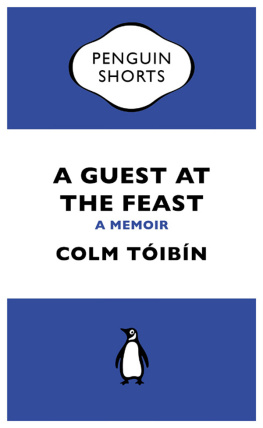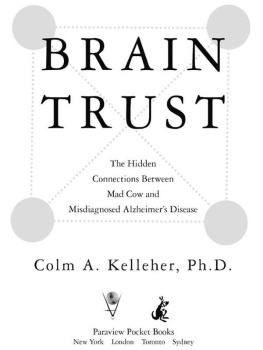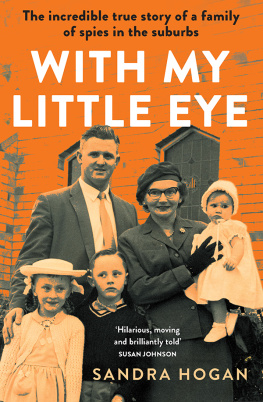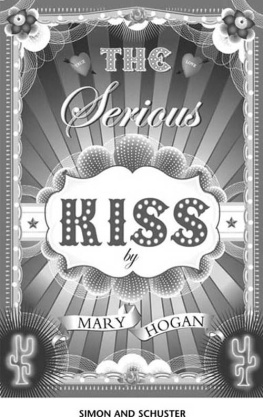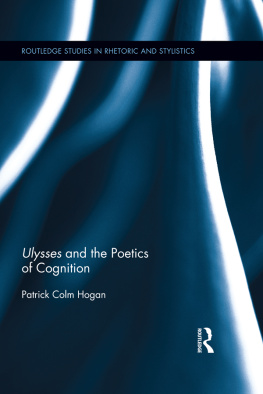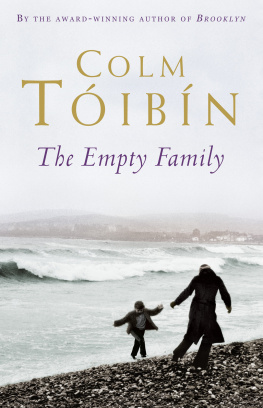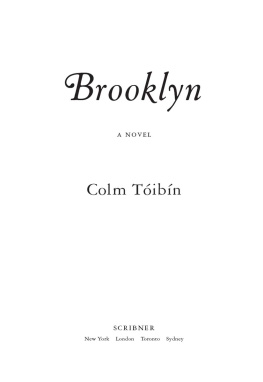Patrick Colm Hogan - Literature and Emotion
Here you can read online Patrick Colm Hogan - Literature and Emotion full text of the book (entire story) in english for free. Download pdf and epub, get meaning, cover and reviews about this ebook. year: 2018, publisher: Taylor & Francis (CAM), genre: Romance novel. Description of the work, (preface) as well as reviews are available. Best literature library LitArk.com created for fans of good reading and offers a wide selection of genres:
Romance novel
Science fiction
Adventure
Detective
Science
History
Home and family
Prose
Art
Politics
Computer
Non-fiction
Religion
Business
Children
Humor
Choose a favorite category and find really read worthwhile books. Enjoy immersion in the world of imagination, feel the emotions of the characters or learn something new for yourself, make an fascinating discovery.
- Book:Literature and Emotion
- Author:
- Publisher:Taylor & Francis (CAM)
- Genre:
- Year:2018
- Rating:4 / 5
- Favourites:Add to favourites
- Your mark:
- 80
- 1
- 2
- 3
- 4
- 5
Literature and Emotion: summary, description and annotation
We offer to read an annotation, description, summary or preface (depends on what the author of the book "Literature and Emotion" wrote himself). If you haven't found the necessary information about the book — write in the comments, we will try to find it.
Literature and Emotion — read online for free the complete book (whole text) full work
Below is the text of the book, divided by pages. System saving the place of the last page read, allows you to conveniently read the book "Literature and Emotion" online for free, without having to search again every time where you left off. Put a bookmark, and you can go to the page where you finished reading at any time.
Font size:
Interval:
Bookmark:

Literature and Emotion
Literature and Emotion not only provides a defining overview of the field but also engages with emerging trends. Answering key questions such as What is emotion? and Why emotion and literature today? Patrick Colm Hogan presents a clear and accessible introduction to this exciting topic. Readers should come away from the book with a systematic understanding of recent research on and theorization of emotion, knowledge of the way affective science has impacted literary study, and a sense of how to apply that understanding and knowledge to literary works.
Patrick Colm Hogan is a Board of Trustees Distinguished Professor in the Department of English and the Program in Cognitive Science at the University of Connecticut, USA. He is the author of over 20 books, including Cognitive Science, Literature, and the Arts: A Guide for Humanists (Routledge, 2003), and Ulysses and the Poetics of Cognition (Routledge, 2014).
Literature and Contemporary Thought
Literature and Contemporary Thought is an interdisciplinary series providing new perspectives and cutting edge thought on the study of Literature and topics such as Animal Studies, Disability Studies, and Digital Humanities. Each title includes chapters on:
why the topic is relevant, interesting and important at this moment and how it relates to contemporary debates
the background of and a brief introduction to the particular area of study the book is intended to cover
when this area of study became relevant to literature, how the relationship between the two areas was initially perceived and how it evolved
A glossary of key terms and annotated further reading will feature in every title.
Edited by Ursula Heise and Guillermina De Ferrari , this series will be invaluable to students and academics alike as they approach the interdisciplinary study of literature.
Available in this series:
Literature and Animal Studies
Mario Ortiz-Robles
Literature and Disability
Alice Hall
Literature and Emotion
Patrick Colm Hogan
Literature and Food Studies
Amy L. Tigner and Allison Carruth
Literature and Emotion
Patrick Colm Hogan

First published 2018
by Routledge
2 Park Square, Milton Park, Abingdon, Oxon OX14 4RN
and by Routledge
711 Third Avenue, New York, NY 10017
Routledge is an imprint of the Taylor & Francis Group, an informa business
2018 Patrick Colm Hogan
The right of Patrick Colm Hogan to be identified as author of this work has been asserted by him in accordance with sections 77 and 78 of the Copyright, Designs and Patents Act 1988.
All rights reserved. No part of this book may be reprinted or reproduced or utilised in any form or by any electronic, mechanical, or other means, now known or hereafter invented, including photocopying and recording, or in any information storage or retrieval system, without permission in writing from the publishers.
Trademark notice : Product or corporate names may be trademarks or registered trademarks, and are used only for identification and explanation without intent to infringe.
British Library Cataloguing-in-Publication Data
A catalogue record for this book is available from the British Library
Library of Congress Cataloging-in-Publication Data
Names: Hogan, Patrick Colm, author.
Title: Literature and emotion / Patrick Colm Hogan.
Description: Abingdon, Oxon; New York, NY: Routledge, 2018. | Includes bibliographical references and index.
Identifiers: LCCN 2017029587 | ISBN 9781138185203 (hardback: alk. paper) | ISBN 9781138185210 (pbk.: alk. paper) | ISBN 9781315644639 (ebook)
Subjects: LCSH: Emotions in literature. | Psychology and literature. | Emotions (Philosophy) | Philosophy of mind in literature.
Classification: LCC PN56.E6 H63 2018 | DDC 809/.93353dc23
LC record available at https://lccn.loc.gov/2017029587
ISBN: 978-1-138-18520-3 (hbk)
ISBN: 978-1-138-18521-0 (pbk)
ISBN: 978-1-315-64463-9 (ebk)
Typeset in Sabon
by Deanta Global Publishing Services, Chennai, India
With gratitude to Derek Stitt, M.D., of the Mayo Clinic, Rochester, MN and to Lalita
Contents
Since the turn of the millennium, literary and cultural studies have been transformed less by new, overarching theoretical paradigms than by the emergence of a multitude of innovative subfields. These emergent research areas explore the relationship between literature and new media technologies; seek to establish innovative bridges to disciplines ranging from medicine, cognitive science, and social psychology to biology and ecology; and develop new quantitative or computer-based research methodologies. In the process, they rethink crucial concepts such as affect, indigeneity, gender, and postcolonialism, and propose new perspectives on aesthetics, narrative, poetics, and visuality.
Literature and Contemporary Thought seeks to capture such research at the cutting edge of literary and cultural studies. The volumes in this series explore both how new approaches are reshaping literary criticism and theory, and how research in literary and cultural studies opens out to transform other disciplines and research areas. They seek to make new literary research available, intelligible, and usable to scholars and students across academic disciplines and to the broader public beyond the university interested in innovative approaches to art and culture across different historical periods and geographical regions.
Literature and Contemporary Thought highlights new kinds of scholarship in the literary and cultural humanities that are relevant and important to public debates, and seeks to translate their interdisciplinary analyses and theories into useful tools for such thought and discussion.
Ursula K. Heise and Guillermina De Ferrari
I am grateful to Ursula Heise and Guillermina De Ferrari for approaching me about the volume and encouraging me thereafter, and for their valuable comments on an earlier version of the manuscript. I am indebted to Ursula for personal and professional support as well. Thanks to Ruth Hilsdon at Routledge for her expert work.
My wife, Lalita, was my only true source of sanity and calm during the very difficult period when this book was written. It would never have been written without her.
Some of the ideas and arguments in the following chapters were first outlined, in a preliminary and much briefer form, in Affect Studies and Literary Criticism, in The Oxford Research Encyclopedia of Literature (Oxford: Oxford UP, 2016).
I also presented some of this material in my classes at the University of Connecticut in 2016 and 2017. I am grateful to my students for their feedback and insights.
As is clear from almost any review of a novel or a movie, our responses to stories and our judgments about them are suffused with emotionsranging from enthusiasm to outrage and from grief to joy. We fear for the hero as he or she battles the villain and share the lovers sweet sorrow at parting. The point holds for lyric poetry as well as for narrative, as our eyes well up with tears at an elegy for a dead child or open in wonder at the beauty of language and imagery. In short, we get emotional about literatureand that is a key function of literary experience, not an occasional and incidental accompaniment.
Traditions of affective poetics
The centrality of emotion to literature and literary experience has been recognized throughout literary history and across literary traditions. In traditional Indian poetics, there are two key features of literature, one semantic, the other affective. The semantic feature is dhvani , suggestion, the cloud of associations that accompany a word, image, scene, character, or other aspect of a work. The affective feature is rasa , sentiment, the emotion felt by a reader or audience member, usually an empathic form of an emotion felt (as we imagine) by a character or narrator. In this tradition, a work is defined first of all by its predominant rasafor example, whether it is principally sorrowful or mirthful. Indeed, the most important form of dhvani is rasadhvani , the complex of semantic associations that foster an emotional response in recipients of the work (see Bharatamuni, nandavardhana, and Abhinavagupta for the major texts in this tradition; for a concise introduction, see Lalita Hogan, Dhvani).
Font size:
Interval:
Bookmark:
Similar books «Literature and Emotion»
Look at similar books to Literature and Emotion. We have selected literature similar in name and meaning in the hope of providing readers with more options to find new, interesting, not yet read works.
Discussion, reviews of the book Literature and Emotion and just readers' own opinions. Leave your comments, write what you think about the work, its meaning or the main characters. Specify what exactly you liked and what you didn't like, and why you think so.



